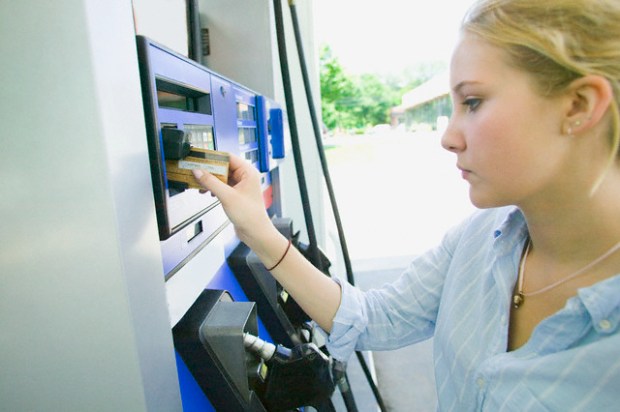Fuel Rewards May Drive Retail Coalition Loyalty in America

While very popular in Europe, Canada, and the U.K., retail coalition loyalty programs have been difficult to get off the ground in America, largely thanks to the abundance of stand-alone loyalty programs and the need to protect a customer base. With greater integration of payment methods in mobile wallets, as well as the universal need for gas, coalition loyalty programs may be getting more popular, according to a white paper published by Fuel Rewards patent holder Excentus Corporation.
Unlike stand-alone loyalty programs that are largely used for in-store purchases, coalition loyalty programs in regards to fuel work by using cents/gallon savings as the rewards currency, owing in large part to the universal demand for fuel regardless of market conditions. Also, thanks to mobile wallets’ ability to store various credit and rewards cards with just a single tap, offers and discounts are more readily available through smartphone software, making integration much easier.
In the white paper, Brandon Logsdon, President and CEO of the Fuel Rewards program, outlines how coalitions that revolve around Fuel Rewards is better for driving same-store sales across the coalition than traditional stand-alone loyalty programs: “Coalition loyalty programs encourage rewards-based partnerships among well-known brands, giving them new opportunities to increase sales and attract new customers,” says Logsdon. “And consumers benefit from expanded opportunities to earn rewards from everyday purchases and redeem them frequently on an everyday commodity like fuel.”
Logsdon’s findings show that Fuel Rewards are high “earn and burn” rewards, due to their ubiquity and the high perceived value in the ability to save money at the pump. Fuel Rewards have a redemption rate at around 78 percent within 20 days of earning them, compared to just 38 percent of rewards overall. For retailers in fuel-centered coalitions, same-store sales increase by 4-6 percent when there is a broad-use incentive for certain rewards, with fuel reward purchases increasing by 70-to-200 percent.
